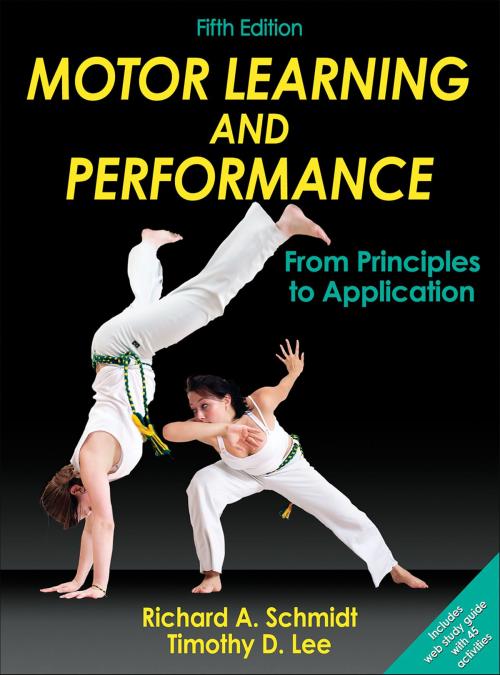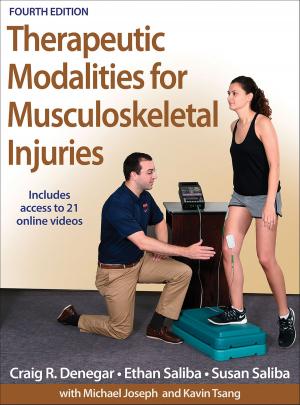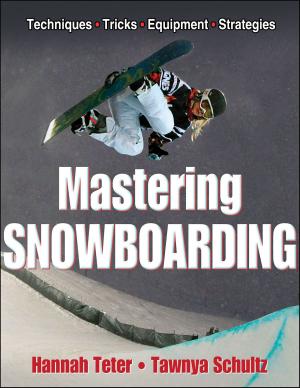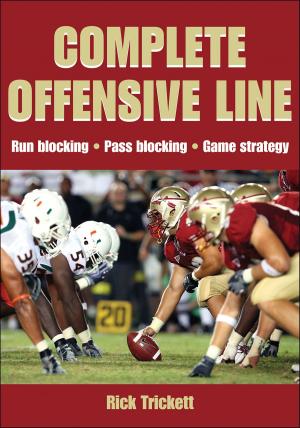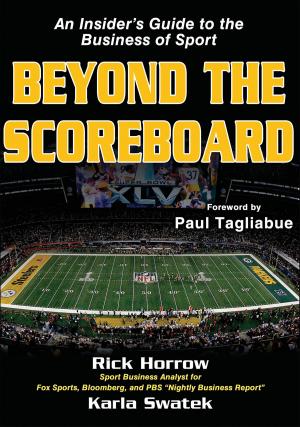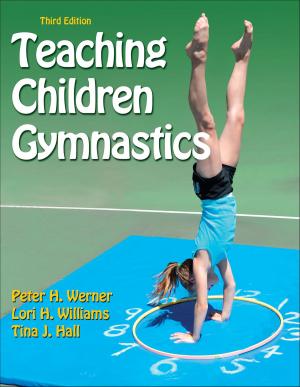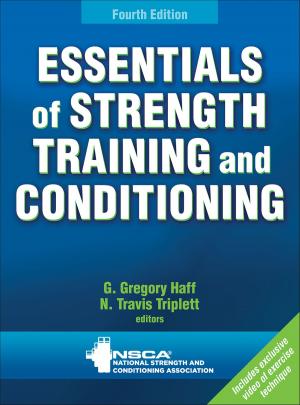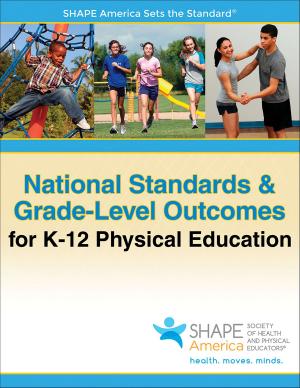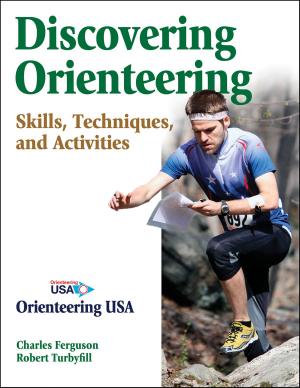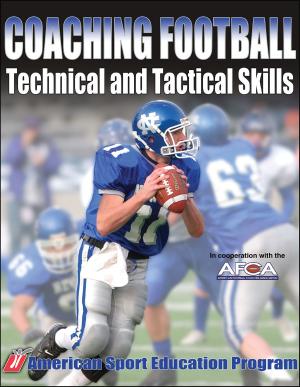Motor Learning and Performance
From Principles to Application
Nonfiction, Health & Well Being, Medical, Medical Science, Physiology, Psychology, Developmental Psychology| Author: | Richard A. Schmidt, Timothy D. Lee | ISBN: | 9781492584308 |
| Publisher: | Human Kinetics, Inc. | Publication: | November 5, 2013 |
| Imprint: | Human Kinetics, Inc. | Language: | English |
| Author: | Richard A. Schmidt, Timothy D. Lee |
| ISBN: | 9781492584308 |
| Publisher: | Human Kinetics, Inc. |
| Publication: | November 5, 2013 |
| Imprint: | Human Kinetics, Inc. |
| Language: | English |
Motor Learning and Performance: From Principles to Application, Fifth Edition With Web Study Guide, describes the principles of motor performance and learning in a style that is accessible even to students with little or no knowledge of physiology, psychology, statistical methods, and other basic sciences. Constructing an easy-to-understand conceptual model of motor performance along the way, this text outlines the principles of motor skill learning, building a strong understanding of how skills are acquired and perfected with practice and showing students how to apply the concepts to a variety of real-world settings. Incorporating familiar scenarios brings the material to life for students, leading to better retention of information and greater interest in practical application of motor performance and learning in their everyday lives and future careers.
The fifth edition of Motor Learning and Performance features a more streamlined organization, with practice situations integrated directly into chapters rather than appearing at the end of the text, facilitating a stronger link between principles derived from research and practical applications. The addition of author Timothy Lee adds a fresh perspective to the text. Other key changes include the following:
• An improved web study guide offers a principles-to-application exercise and multiple interactive activities for each chapter, ensuring that students will be able to transfer core content from the book to various applied settings.
• A full-color interior provides a more engaging presentation.
• Focus on Research and Focus on Application sidebars deliver more detailed research information and make connections to real-world applications in areas such as teaching, coaching, and therapy.
• Updates to instructor ancillaries feature the addition of lab activities to the instructor guide and new chapter quizzes that assess students’ mastery of the most important concepts covered in the textbook.
• Pedagogical aids such as learning objectives, glossary of terms, and Check Your Understanding questions throughout help students stay on track with learning in each chapter.
Motor Learning and Performance, Fifth Edition, provides optimal student comprehension, offering a strong conceptual understanding of skills and then building on this with the intricacies of skilled motor performance. Part I investigates the principles of human performance, progressively developing a conceptual model of human actions. The focus is mainly on human performance as based on an information-processing perspective. In part II, the text uses the conceptual model to impart an understanding of human motor learning processes. The presentation style remains simple and straightforward for those without extensive backgrounds in motor performance.
The fifth edition of Motor Learning and Performance: From Principles to Application goes beyond simply presenting research, challenging students not only to grasp but also to apply the fundamental concepts of motor performance and learning. The fifth edition is a valuable tool for anyone who appreciates high-level skilled activity or would like to learn more about how such performances occur.
Motor Learning and Performance: From Principles to Application, Fifth Edition With Web Study Guide, describes the principles of motor performance and learning in a style that is accessible even to students with little or no knowledge of physiology, psychology, statistical methods, and other basic sciences. Constructing an easy-to-understand conceptual model of motor performance along the way, this text outlines the principles of motor skill learning, building a strong understanding of how skills are acquired and perfected with practice and showing students how to apply the concepts to a variety of real-world settings. Incorporating familiar scenarios brings the material to life for students, leading to better retention of information and greater interest in practical application of motor performance and learning in their everyday lives and future careers.
The fifth edition of Motor Learning and Performance features a more streamlined organization, with practice situations integrated directly into chapters rather than appearing at the end of the text, facilitating a stronger link between principles derived from research and practical applications. The addition of author Timothy Lee adds a fresh perspective to the text. Other key changes include the following:
• An improved web study guide offers a principles-to-application exercise and multiple interactive activities for each chapter, ensuring that students will be able to transfer core content from the book to various applied settings.
• A full-color interior provides a more engaging presentation.
• Focus on Research and Focus on Application sidebars deliver more detailed research information and make connections to real-world applications in areas such as teaching, coaching, and therapy.
• Updates to instructor ancillaries feature the addition of lab activities to the instructor guide and new chapter quizzes that assess students’ mastery of the most important concepts covered in the textbook.
• Pedagogical aids such as learning objectives, glossary of terms, and Check Your Understanding questions throughout help students stay on track with learning in each chapter.
Motor Learning and Performance, Fifth Edition, provides optimal student comprehension, offering a strong conceptual understanding of skills and then building on this with the intricacies of skilled motor performance. Part I investigates the principles of human performance, progressively developing a conceptual model of human actions. The focus is mainly on human performance as based on an information-processing perspective. In part II, the text uses the conceptual model to impart an understanding of human motor learning processes. The presentation style remains simple and straightforward for those without extensive backgrounds in motor performance.
The fifth edition of Motor Learning and Performance: From Principles to Application goes beyond simply presenting research, challenging students not only to grasp but also to apply the fundamental concepts of motor performance and learning. The fifth edition is a valuable tool for anyone who appreciates high-level skilled activity or would like to learn more about how such performances occur.
